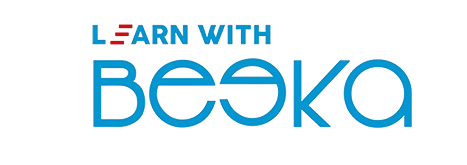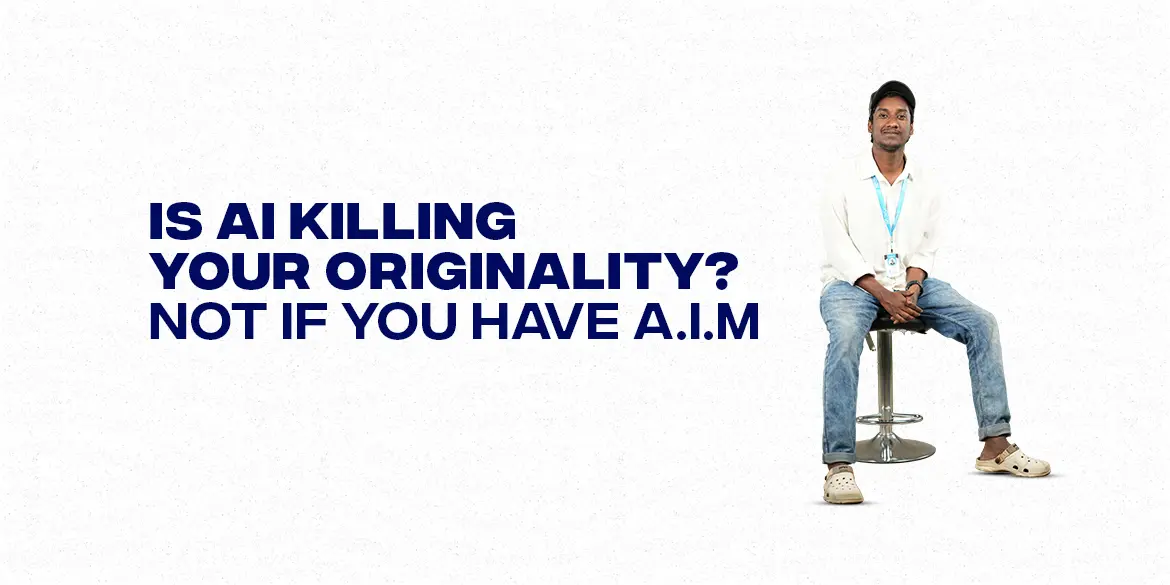Let’s be honest. AI is everywhere. From writing blogs to running ad campaigns, analyzing website traffic to automating customer support, it’s reshaping how digital marketing works. If you’re just getting into digital marketing, this is the part you need to pay attention to because the content you create is how people will know you. And if your work sounds like a copy of a copy, you’ll struggle to stand out. So the big question is this: Is AI killing your originality? Not if you know how to use it right. That’s the idea behind our AI integrated digital marketing course — to show you how to use AI without becoming just another voice in the crowd. Let’s look at what’s actually going wrong and how you can avoid it. The Problem Isn’t AI. It’s How People Are Using It. Here’s the pattern. Someone opens ChatGPT or another tool, types a quick prompt, gets a decent blog, and posts it. The content is grammatically correct, the formatting is clean, and the tone is… fine. But there’s nothing original in it. No story, no insight, no real voice. It feels like it was written to meet a deadline, not to connect with a person. It’s not just in writing either. You’ll see the same pattern in: Google Ads campaigns that all look the same because people just click the “Smart Suggestions” and move on. Email sequences generated by AI that have zero personality. SEO reports packed with data but no insights because no one bothered to interpret what matters. And when everyone does this, the internet starts to feel cold. That’s not what digital marketing should be. Marketing is about trust, ideas, and perspective. And AI can help with that, but only if you stay in the driver’s seat. AI Works Best When You Think First Whether you’re creating content, running geo-targeted ad campaigns, segmenting audiences, or studying analytics, your thinking still matters. AI is amazing at crunching numbers, spotting trends, and saving time. But it can’t replace your Strategy, Perspective, Taste and Voice. In our AI integrated digital marketing course, we focus on exactly that. We help people learn how to think like marketers, then use AI to speed up the process. Not to skip it. To do this well, we use something called the A.I.M. method. It’s a simple way to stay original, even when using the same tools everyone else has access to. The A.I.M. Method This is how we keep creativity alive while working with AI tools. It’s especially helpful if you’re new to digital marketing and figuring out how to build your own voice. A – Assess the Intent Before you write a prompt or generate a headline, stop and ask: what do I actually want this content to do? Are you trying to inform? Start a conversation? Sell something? Share a personal take? Clarity at the start saves you time and helps you guide the AI, not the other way around. This applies to content, sure, but also Google Ads, keyword clustering, even your automated emails. If you don’t define the goal, the AI will guess. And it won’t guess well. The difference is in the thinking. I – Integrate, Don’t Automate This is where most people mess up. They think AI is supposed to do the job for them. That’s a mistake. Use AI to speed up your process, not to think for you. Let it give you drafts, reports, or outlines. Then you step in to: You can even use AI to rewrite your own rough drafts or give you options when you’re stuck. But you still need to make the final call. M – Make It Yours AI doesn’t know your brand. It doesn’t know your customer’s pain points, or the inside jokes your audience loves, or the way your city talks about certain things. That’s your job. Whether you’re creating a content calendar or setting up local campaigns using geo-intent signals, you have to personalize. Even a great AI tool won’t do that thinking for you. So tweak the language. Change the visuals. Pull in your own data. Tell stories. Don’t aim for perfection. Aim for real. That’s what people respond to. Why This Matters if You’re Just Starting Out When you’re new to digital marketing, it’s tempting to rely on tools for everything. It feels faster. It feels like you’re being productive. But the real skill is in thinking. In knowing what to say, why you’re saying it, and how to say it in a way that makes people care. If you skip that, AI won’t help you. You’ll blend in, and that’s the last thing you want. What we focus on in our AI integrated digital marketing course is giving people that thinking foundation. Tools come and go. Your ability to adapt, think creatively, and build trust. That’s what makes you valuable in the long run. Final Thoughts AI doesn’t kill your originality. But bad habits do. The truth is, originality takes work. It takes slowing down for a second, thinking things through, and shaping your ideas in a way that feels honest. AI can support that. But it can’t do it for you. That’s the balance we teach in our AI integrated digital marketing course . You’ll learn how to use the tools, yes. But more importantly, you’ll learn when to use them, how to guide them, and how to keep your voice in everything you create. If you’re ready to learn all this in a way that’s practical and built for real people, check out the AI integrated digital marketing course in Kochi at Learn with Beeka.Let’s make digital marketing human again. And let AI be your tool, not your voice.


